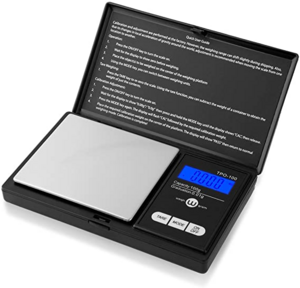Bear, Jim.... Try to make heads or tails out of this excerpt from the FSIS.....
One obstacle that inspection personnel encounter in ascertaining restricted ingredient compliance with the regulations, is that calculations for allowable ingoing amounts could be based on one of five different weights, all of which are referred to in various places in the MPI regulations. These different weights vary according to the type of ingredient, type of product, and purpose of the ingredient's use in the product. The five weights (or bases for restricted ingredient calculations) are:
! The "green weight" of the meat and/or poultry and/or meat and/or poultry byproduct (meat block) component of the product at formulation.
Example:
< The ingoing amount of nitrite and nitrate used in comminuted, pumped, injected, massaged, dry-cured, and immersion-cured products is based on the weight of the meat, poultry, meat byproduct, or poultry byproduct at the time of formulation and are controlled on an ingoing basis

One obstacle that inspection personnel encounter in ascertaining restricted ingredient compliance with the regulations, is that calculations for allowable ingoing amounts could be based on one of five different weights, all of which are referred to in various places in the MPI regulations. These different weights vary according to the type of ingredient, type of product, and purpose of the ingredient's use in the product. The five weights (or bases for restricted ingredient calculations) are:
! The "green weight" of the meat and/or poultry and/or meat and/or poultry byproduct (meat block) component of the product at formulation.
Example:
< The ingoing amount of nitrite and nitrate used in comminuted, pumped, injected, massaged, dry-cured, and immersion-cured products is based on the weight of the meat, poultry, meat byproduct, or poultry byproduct at the time of formulation and are controlled on an ingoing basis
Last edited:






